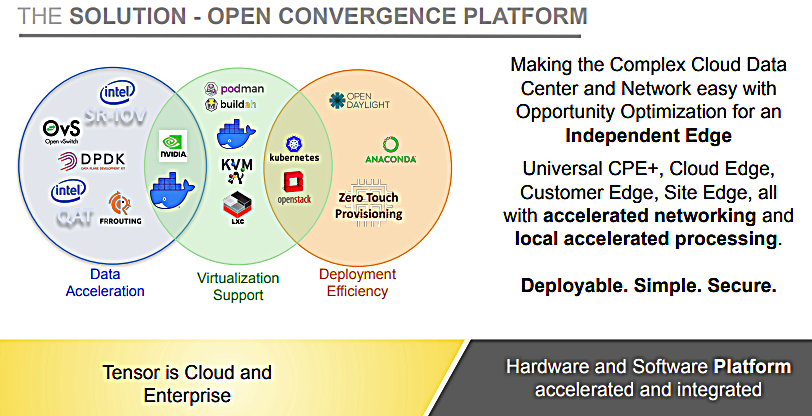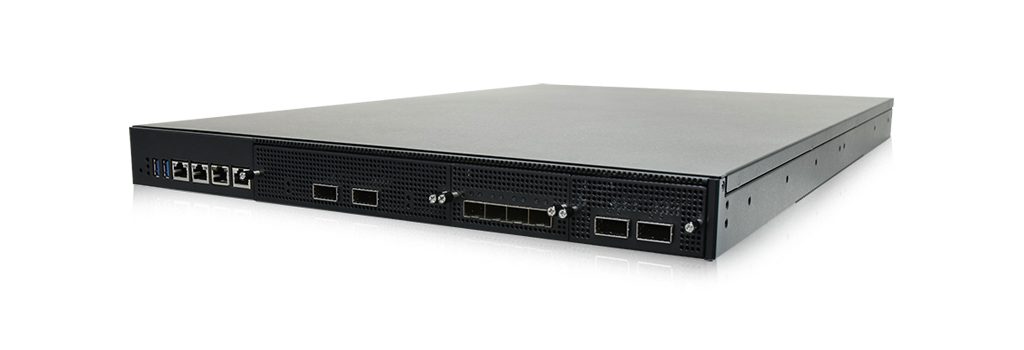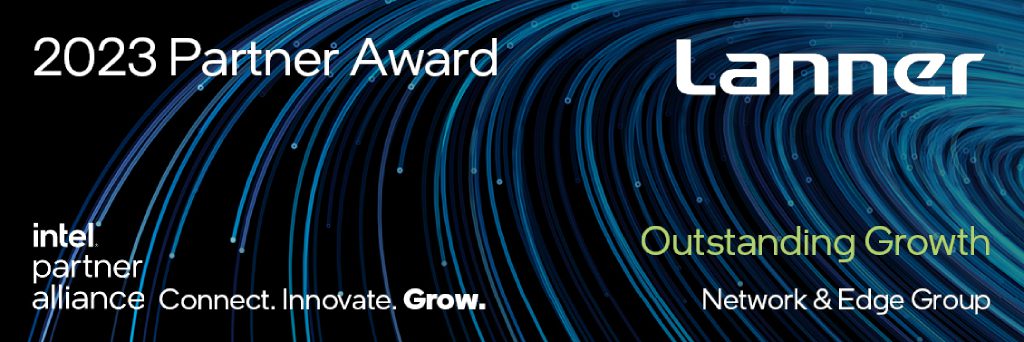Background
The complexities and scale of our global economy have accelerated the importance of visionary architectures like SDN/NFV, with service and solution providers deploying other revolutionary AI and GPU technologies to push the boundaries of software through edge computing. In this article, we will look at the top 5 reasons why the latest generations of highly lucrative GPU & AI technologies are also successfully driving early adoption of SDN/NFV platforms and services
#5. Adaptability
Graphics Processing Unit (GPU) and Artificial Intelligence/Machine Learning (AI/ML) are among the most well-rounded accelerators to date when it comes to data-intensive, diverse and real-time workloads. Most SDN-NFV implementations run on top of the same software stacks and harness many of the same value propositions. Here are a few that stand out:
- Flexible and powerful parallel compute, I/O
- Specialized optimization/offloading of use case workloads, bottlenecks
- Agile solution development and delivery
- Support for resource pooling in terms of more cost-effective processor sharing and load balancing
- Scalability with flexible hardware capacity expansion from high-capacity cells to low-capacity cells
A great example of this is Lanner’s software partner Tensor Networks, which integrates SDN/NFV and GPUs to accelerate many workloads and AI technologies into cost-saving infrastructure deployments for optimized solutions across industries. These solutions span from IT-OT convergence, HPC, and edge computing to data science and financial services.

The open convergence platform solution simplifies Acceleration, Orchestration, and Deployment, for turnkey GPU and AI/ML across complex networks.* MatrixOS is Tensor Networks’ turn-key AI/ML system that architects edge Inference and Services. This showcases the maturity of collaborative open-source software stacks which leading us to the next reason.
#4. Developer-Friendly
The devices and workstations developers used for education and home development have unmistakable impacts throughout the tech industry. To help hone in on a few highlights for this point we can analyze the clear patterns and overlaps present in very successful development accelerating platforms, tools, protocols, workflows, skills, and frameworks in demand to this day:
- Must-have Ease-of-Use Function(s): While not the first or last of their kind, Git simplified branching and merging for developers; and TensorFlow accelerated AI development and user interest the large consumer-grade hardware userbase.
- Large Developer Ecosystem: Linux is coded almost entirely in C and still has over a million commits, with the 5.8 settings a record 10.7 commits per second.
- Robust Standardization: Protocols like IPv4 can hold on well beyond their initial inception through cost-effective extensions even with more future-proof IPv6 existing. This helps software perform reliably across hardware generations.
- Address Consumer Demands: Emerging Application frameworks like NVIDIA Aerial SDK along with cuVNF and cuBB functions help build high-performance, software-defined, cloud-native 5G applications to address increasing consumer demand and optimize results with parallel processing on GPU for baseband signals and data flow.
#3. Market Penetration
AI and ML have been particularly successful in the networking market. Many networking providers have found it easier to penetrate the market by introducing AI and ML as network automation tools. Examples of AI innovations for networking technologies include:
- 5G time-sync technology for the Mobile Operators.
- Deep Learning (DL) algorithms optimized layer interworking between the application layer and the RAN.
- AI-platform accelerated extreme multi-threaded approach to data processing
- Self-driving and self-healing networks.
From niche startups looking to accelerate proofs-of-concept, all the way to the largest CSPs that seek to manage, deploy and invest into the wide range of complex communication services offerable through flexible white box hardware (uCPE’s). Taking the history of x86/x64 as a singularly powerful example, it became the industry standard architecture across servers, data centers, and even video game consoles because of its market share-driven deployment benefit.
#2. Converging Technologies
GPU and AI developers are advancing, assimilating, and streamlining high-performance technologies across industries, creating huge demands for the latest GPUs with supply overtaken by demand in recent months. NVIDIA, the leading GPU technology provider in the world, along with AMD and now Intel’s foray into the GPU silicon space, have pioneered data center technologies like RDMA that have been at the bleeding edge of supercomputing solutions for years. With many data center technologies now making their way into professional and consumer-grade GPUs like low-latency DMA (Direct Memory Access) and high-bandwidth memory. These technologies are now widely available to developers across VR/AR, AAA video games, and home labs for high bandwidth data processing/computations. The advances across HBM and GDDR High-speed/High-bandwidth memory, as well as PCIe gen 4.0 Daughterboard Interconnects and protocols, have enabled advanced optimizations like allowing direct memory resource pooling. Such high-speed component coordination and the rising core counts have lead to many massively parallel-processing workloads across expensive data centers for years. VNF’s (virtual network functions) like DPI, IPS, Open RAN / vRAN, vRouter, and vSwitch have been resource-prohibitive and difficult to scale up to an ultra-high performance in white box solutions. These workloads have been a focus for many dataflow-focused optimizations such as: Vector packet processing
- Predictive AI,
- Transaction security,
- Real-time analytics,
- Reduced timing errors,
- GPUs offering built-in Tensor Cores.
Advanced MAC scheduling algorithms utilizing AI for efficient link adaptation on basis of mobility and channel forecast which shows how AI/ML models deployed with O-RAN runs inference to support time-critical scenarios and DL training results in high accuracy QOE with Near-Real-Time processing.
#1. Optimal Time-to-Market
This was and still is a principal driving force for the many investments in SDN and NFV across 5G, CSPs, enterprise networks, and network dependent solutions. The GPU’s high-demand status, versatility, technological pace, market growth, compute density, and low-latency capabilities have made them an effective choice to accelerate workloads that complicate many lucrative NFV/SDN deployments. Consider all the previous 4 points together with other factors such as solution-specific roadmaps, priorities, regional constraints, and mission-critical services. This will be a great start towards deciding on if, how, and when you can start accelerating your next-gen network solution(s) with GPU/AI technologies.
Final Thoughts
Long-standing technologies like FPGAs and ASICs each have their unmatched strengths and are invaluable across many applications. Intel and NVIDIA even harness them as hardware accelerators for video decoding/encoding in today’s CPUs and GPUs. But when it comes to dev-to-production and solution deployment acceleration solutions today many are investing in GPU offerings throughout the cutting-edge tech industry, and NFV/SDN is no exception.








